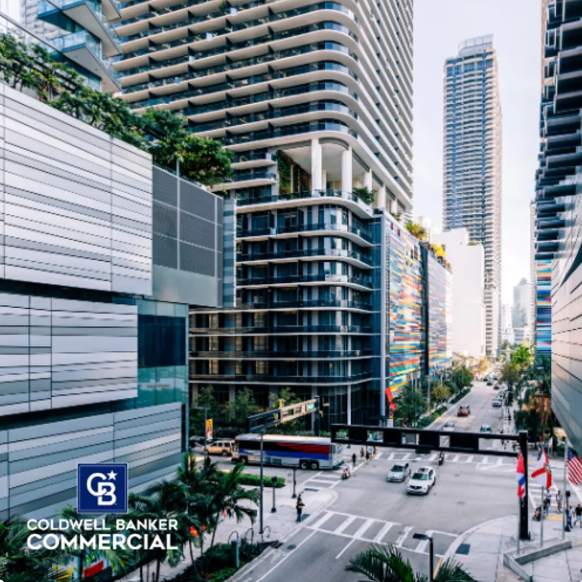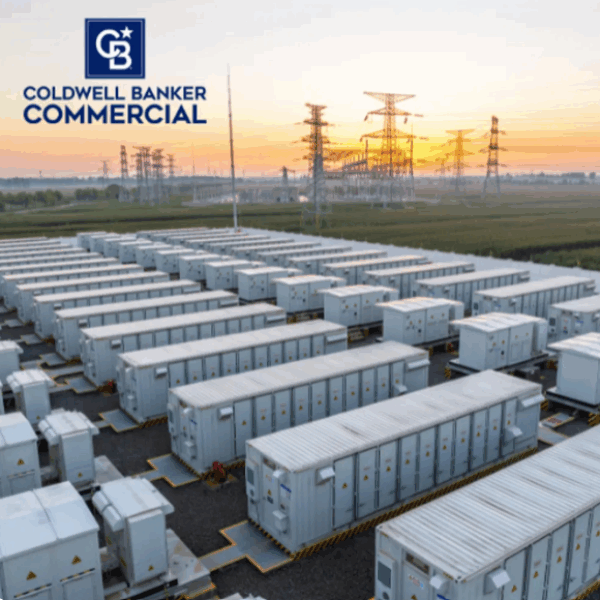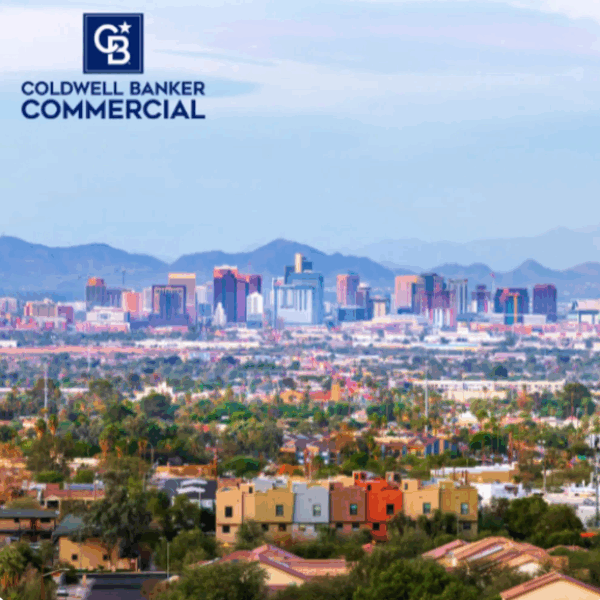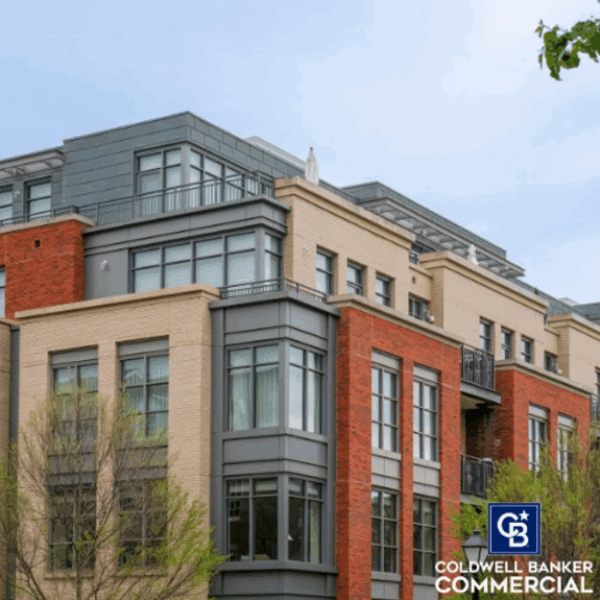As we move through the final quarter of 2025, the commercial real estate (CRE) market is showing signs of renewed strength and resilience. In a recent episode of the CRE with CBC Worldwide Podcast, Lonnie Hendry, Chief Product Officer at Trepp and host of The TreppWire Podcast, joined host, Dan Spiegel, SIOR, senior vice president and managing director of Coldwell Banker Commercial, to unpack the current state of the market and share insights on what lies ahead.
Here are the key takeaways and what they mean for brokers, investors, and stakeholders across the CRE landscape.
1. The Market Is Turning — And That’s Good News
After a period of uncertainty driven by interest rate hikes, capital flow restrictions, and post-COVID adjustments, 2025 has emerged as a year of recovery. Hendry highlighted that CMBS issuance is up significantly over \$80 billion year-to-date compared to \$67 billion at this time last year. Short-term bridge financing and CLO markets have also surged, indicating confidence in value-add and repositioning strategies.
2. Asset Class Performance Is Diverging
Not all sectors are recovering equally. Hendry noted a surprising resurgence in Class A office space, particularly in New York and San Francisco. However, this recovery is highly concentrated and not reflective of the broader office market, which still faces challenges — especially for older, functionally obsolete buildings.
Multifamily remains strong, with delinquency rates under 2% and pricing power swinging back to owners after a wave of new supply. Retail has stabilized, with bad assets weeded out during COVID and good assets thriving. Industrial may face a slight pullback due to rapid expansion, but fundamentals remain solid.
3. Secondary and Tertiary Markets Are Holding Steady
While gateway cities dominate headlines, Hendry emphasized the strength of secondary and tertiary markets. These areas didn’t experience the extreme highs or lows of major metros, and their stability is attracting investors seeking consistent returns.
Local tenants like nail salons, dentists, and family-owned restaurants proved more resilient than national chains during COVID. Their commitment to their businesses helped landlords maintain occupancy and cash flow.
4. Policy Tailwinds Are Boosting Confidence
The “Big Beautiful Tax Bill” has locked in bonus depreciation and preserved 1031 exchanges. Opportunity Zones have also been extended, encouraging development in underserved areas.
5. Demographic Shifts Are Reshaping Demand
From retirees choosing to rent to younger generations embracing flexibility over ownership, the demand for rental housing, including build-to-rent single-family homes, is evolving. Developers are responding with new models that cater to lifestyle preferences rather than traditional ownership.
Looking Ahead to 2026
Hendry’s outlook for 2026 is optimistic. Barring major geopolitical disruptions, the market is expected to continue its upward trajectory. Strategic divestment of distressed assets, especially in the office sector, could unlock new opportunities. Data centers, while booming, may face regulatory scrutiny due to resource consumption.
For brokers and investors alike, the message is clear: the fundamentals are strong, the opportunities are real, and the future is bright if you know where to look. Listen to the full podcast here or watch the video on the CBC YouTube channel.
Article was written with the help of AI.








